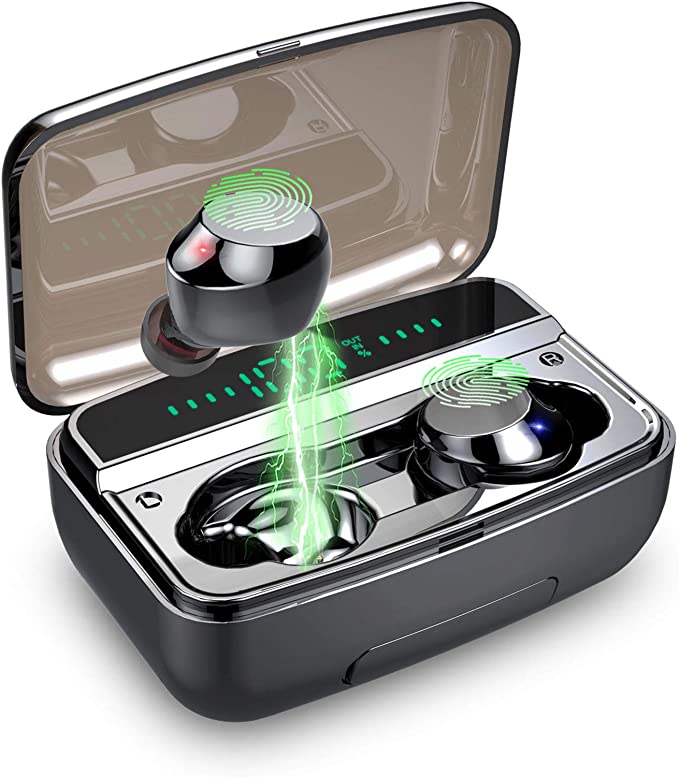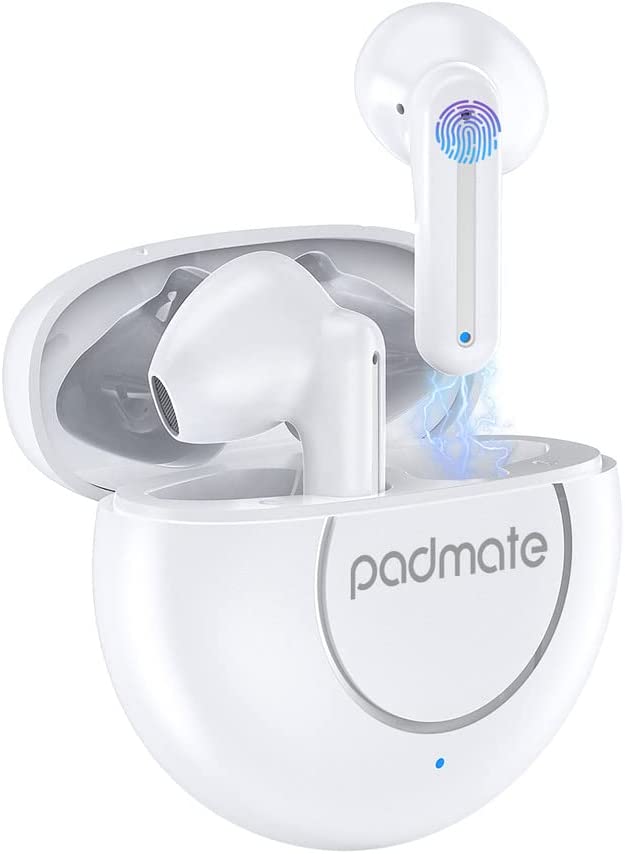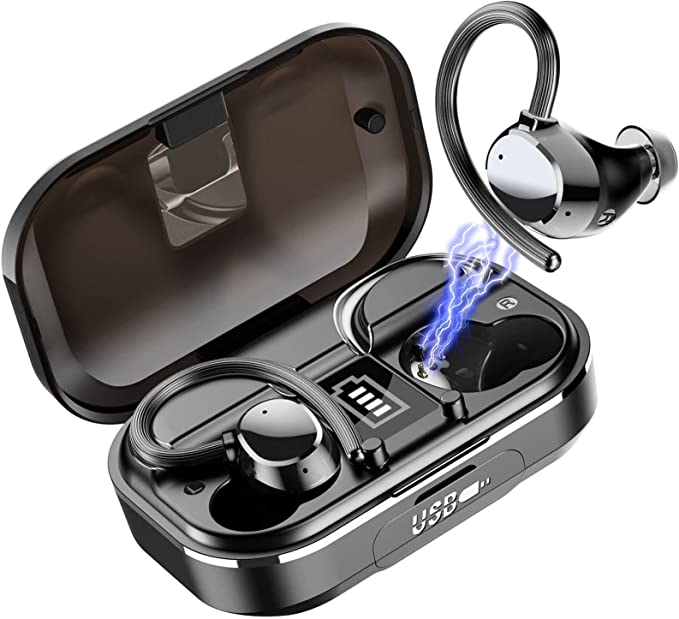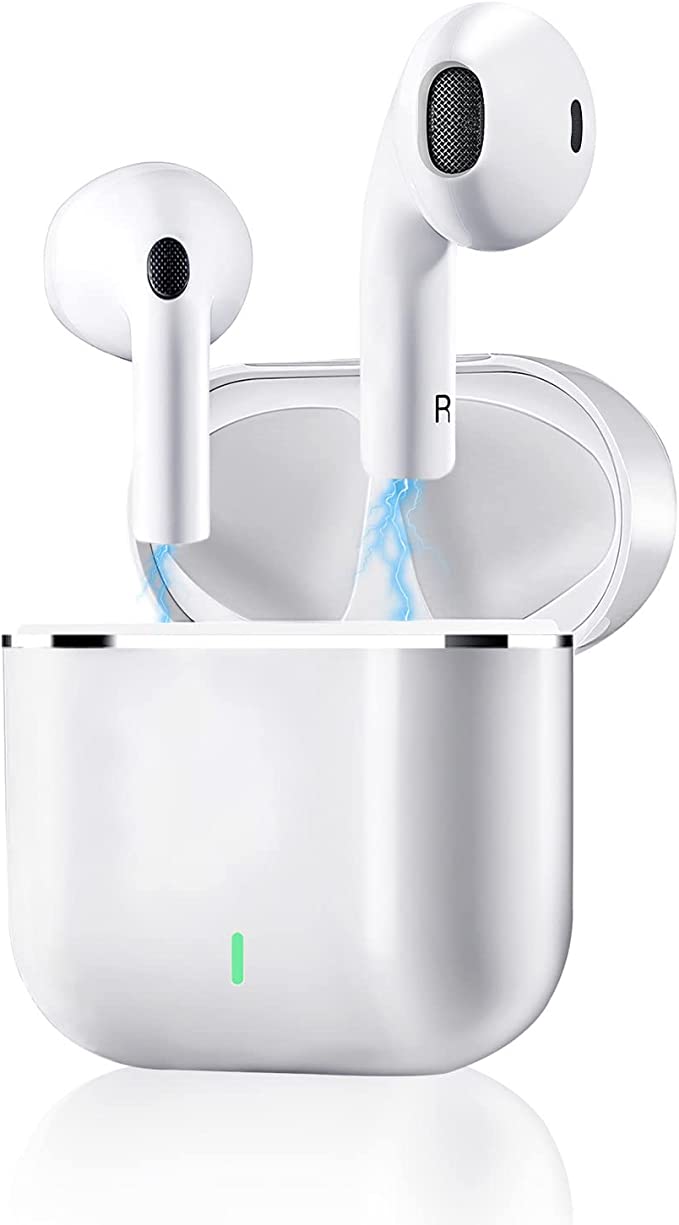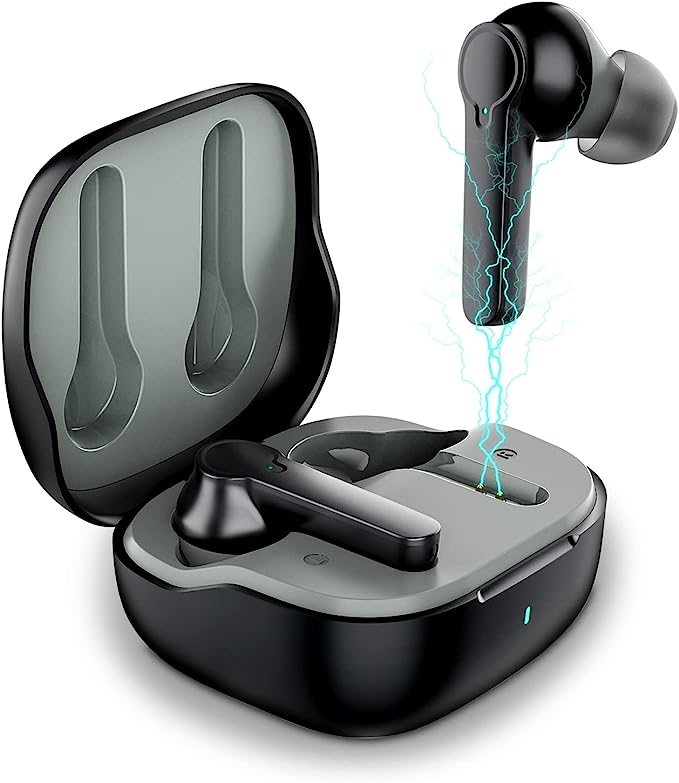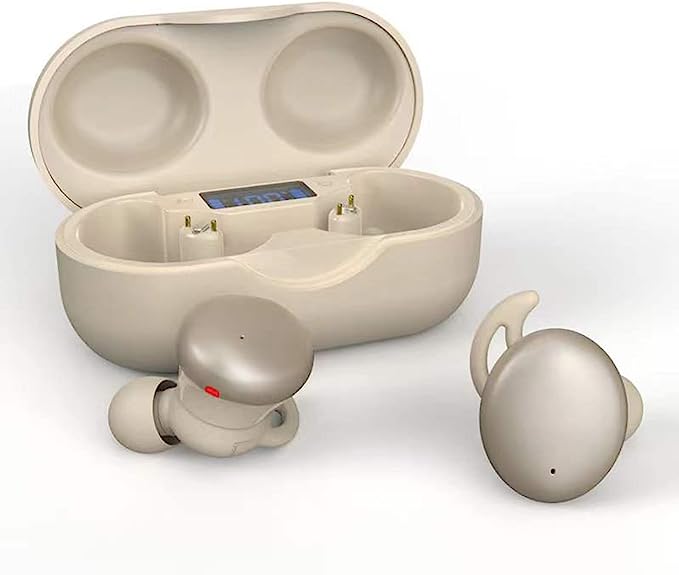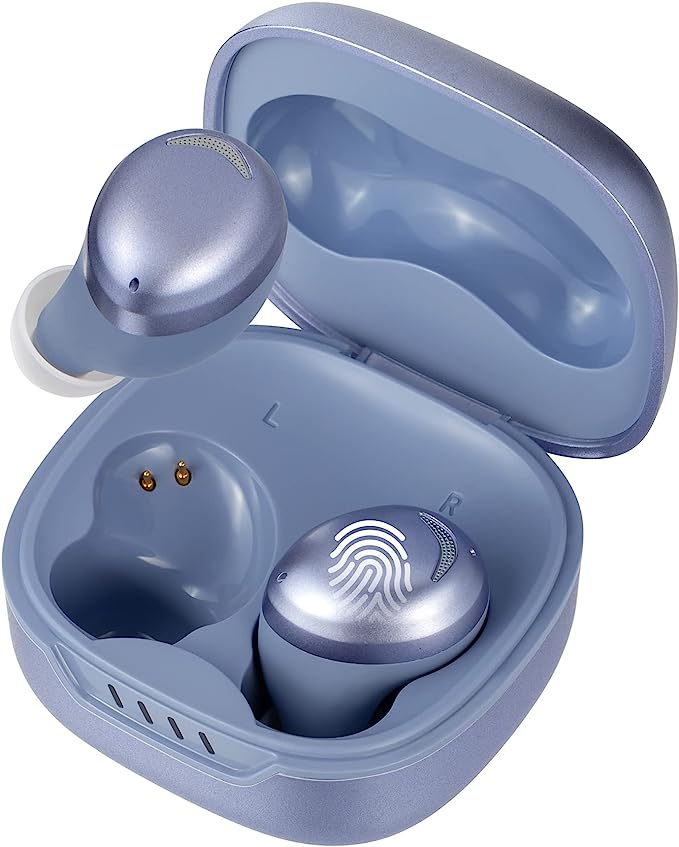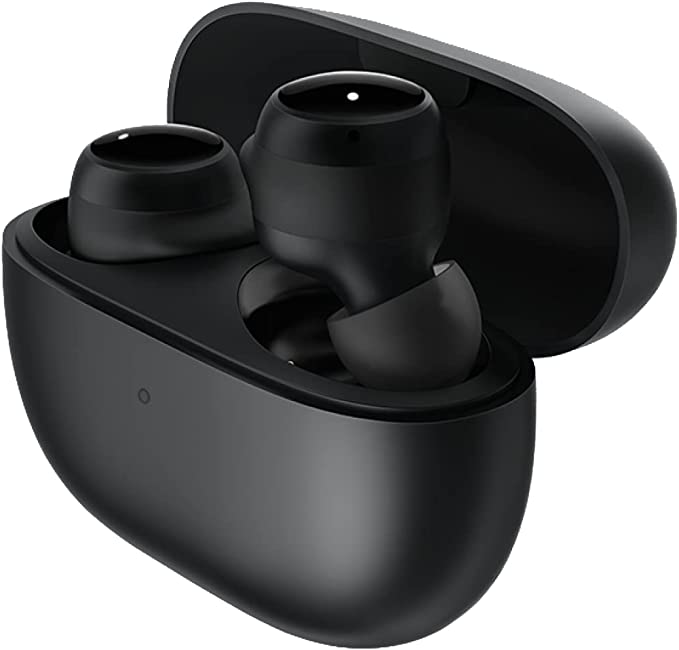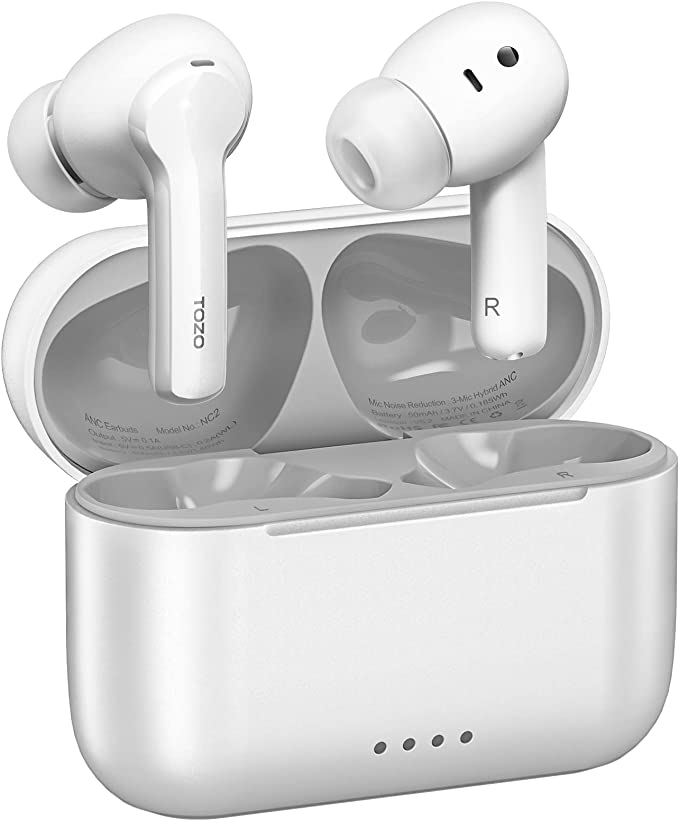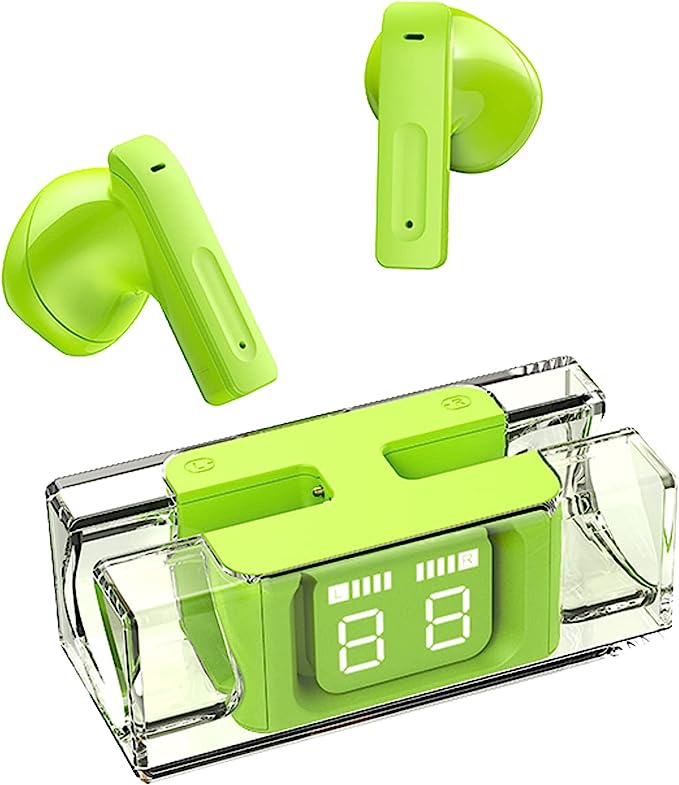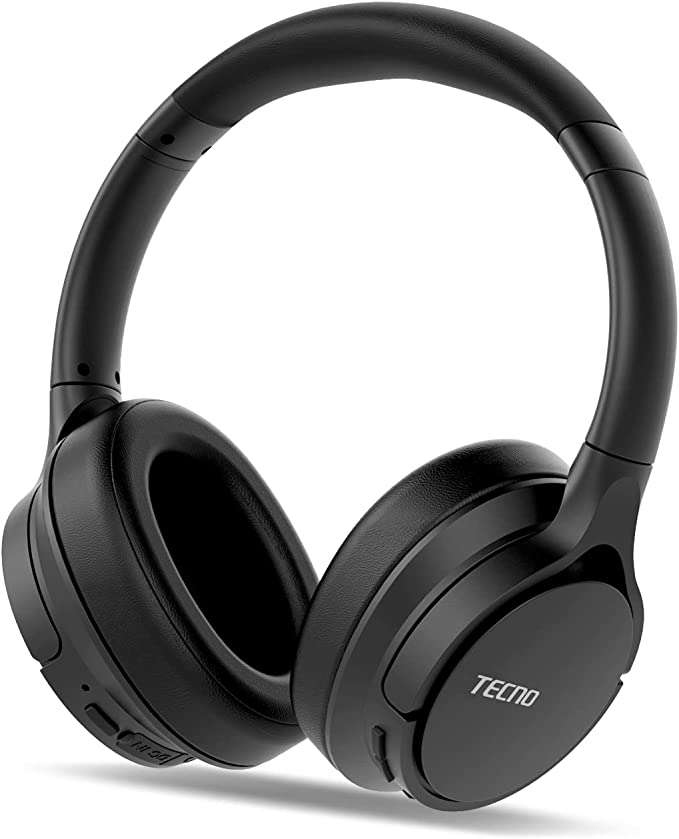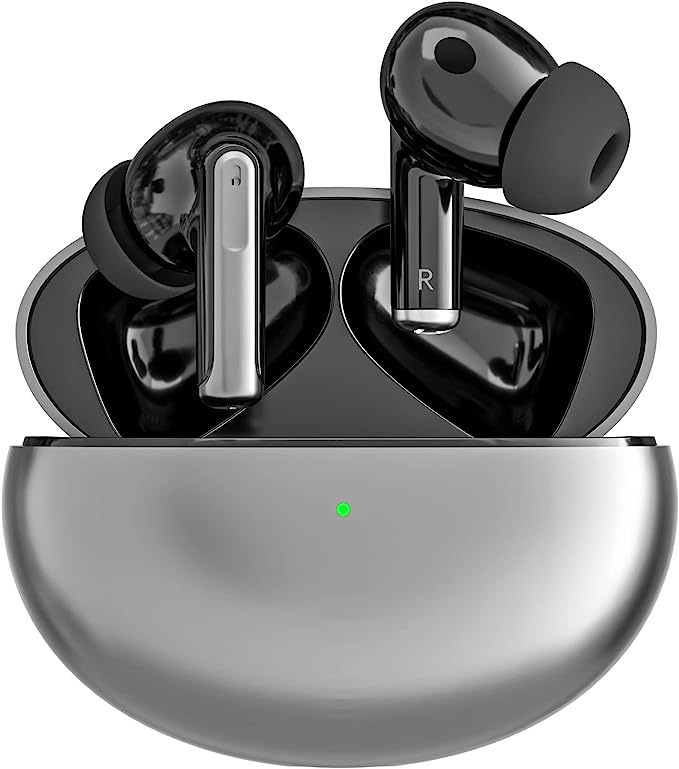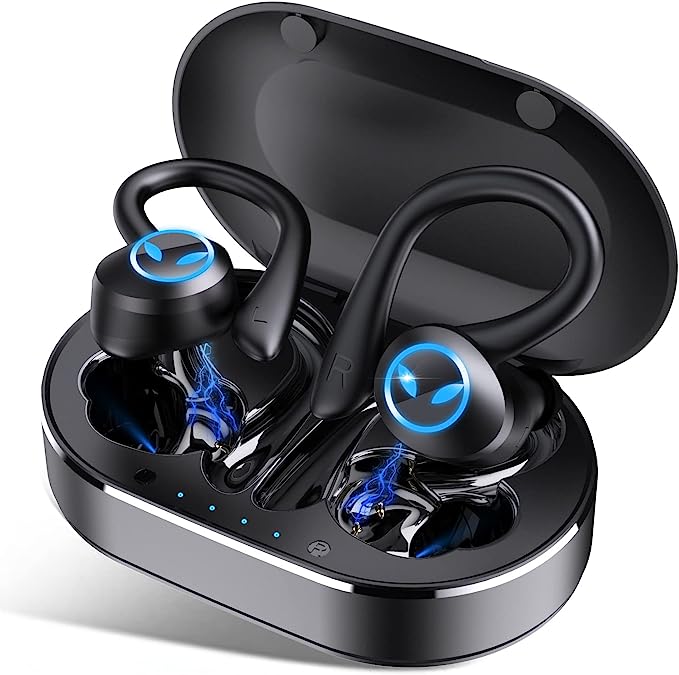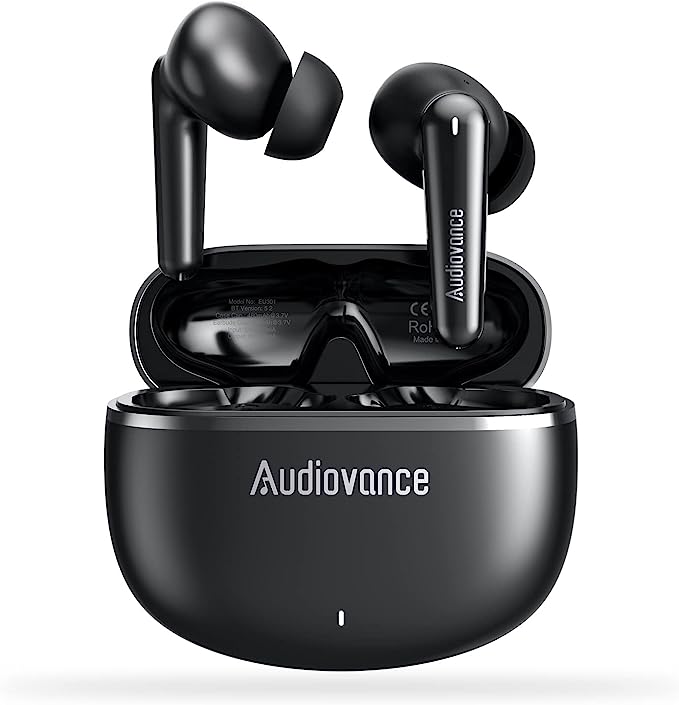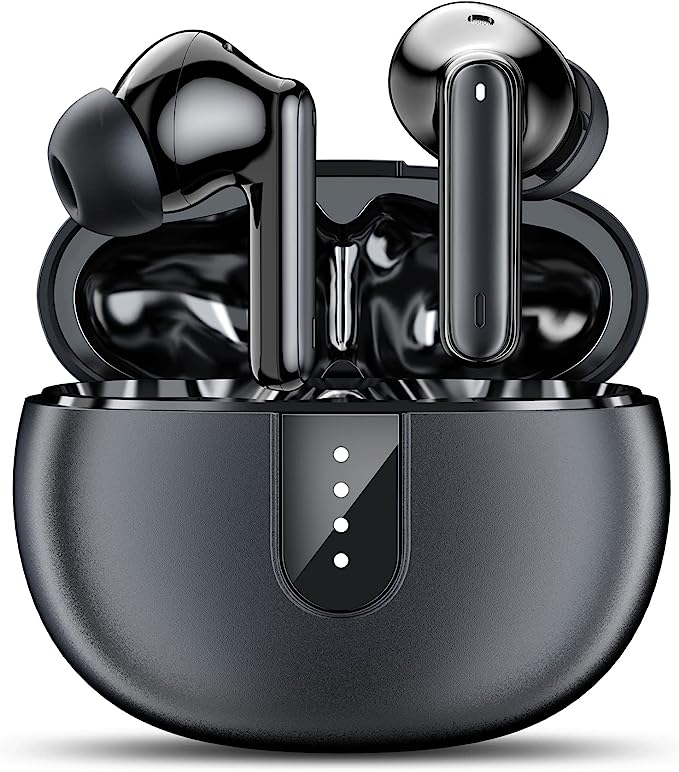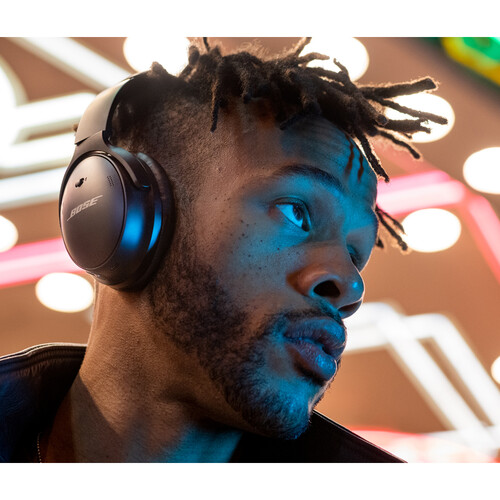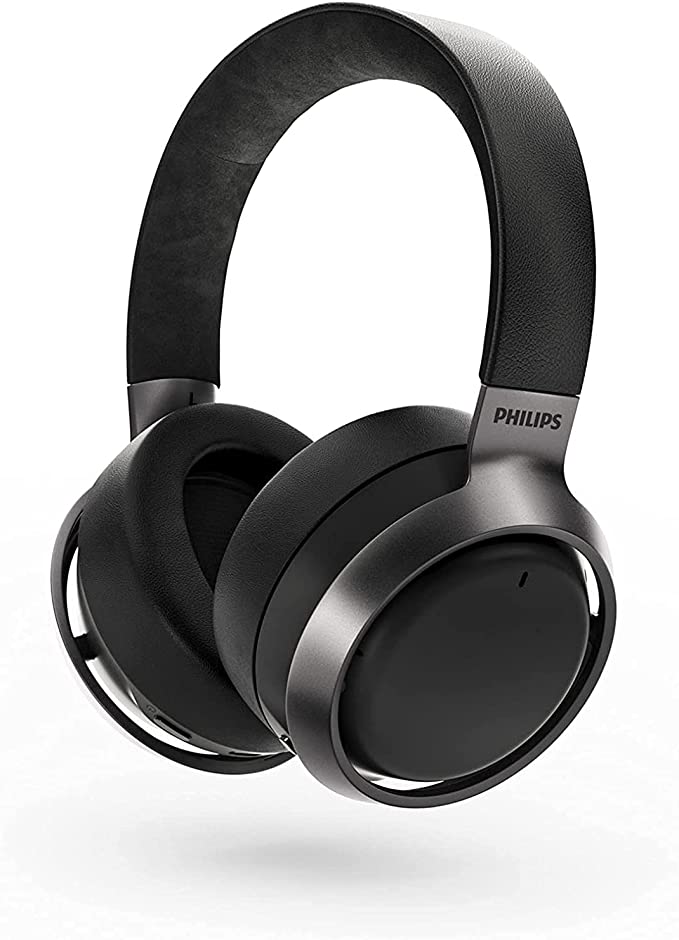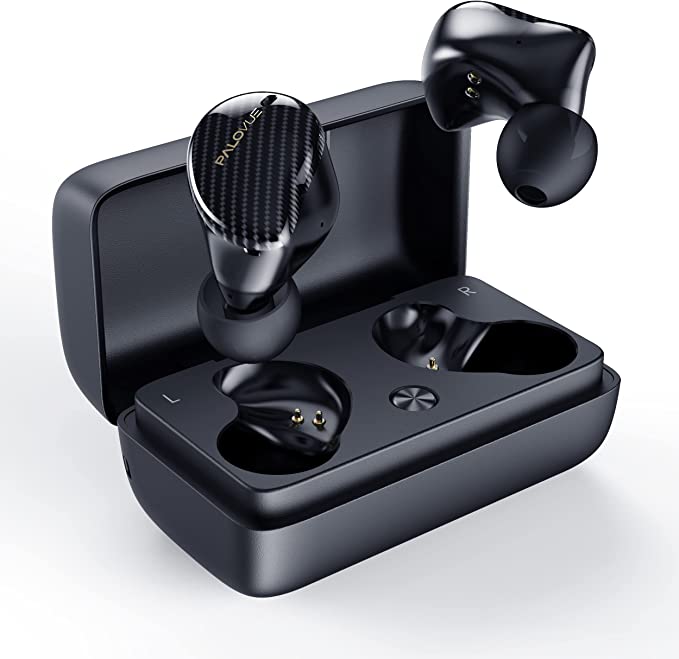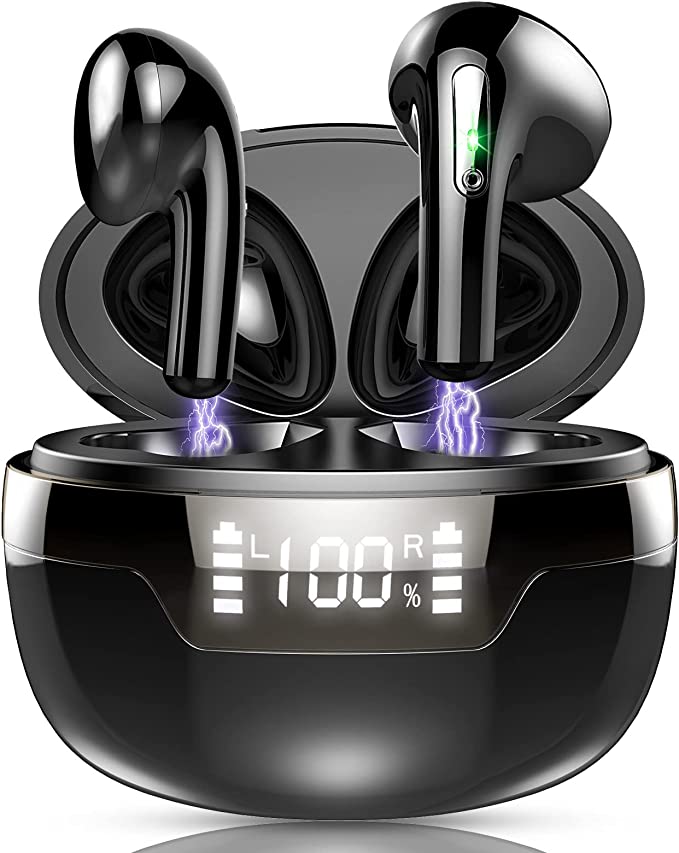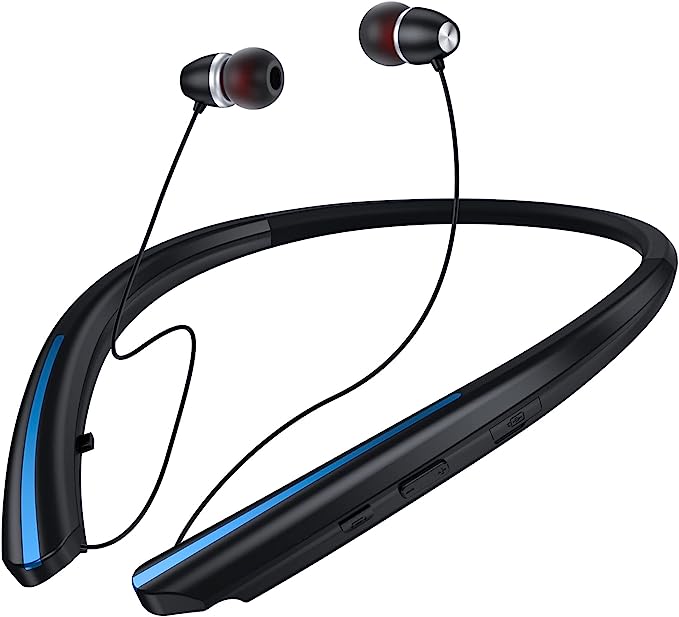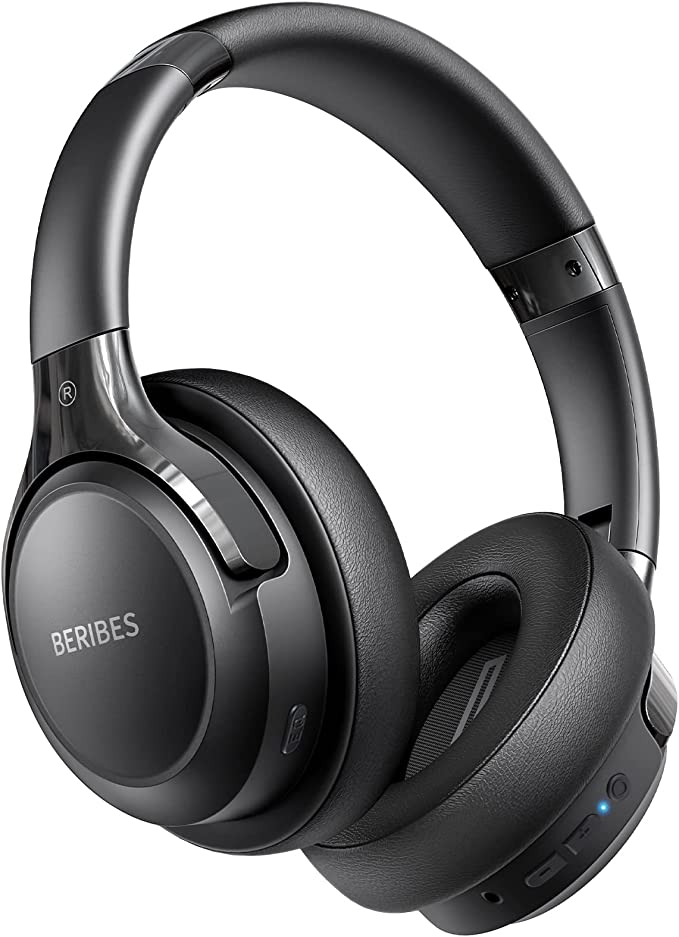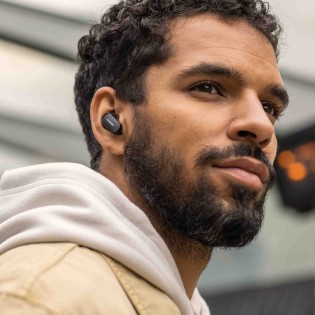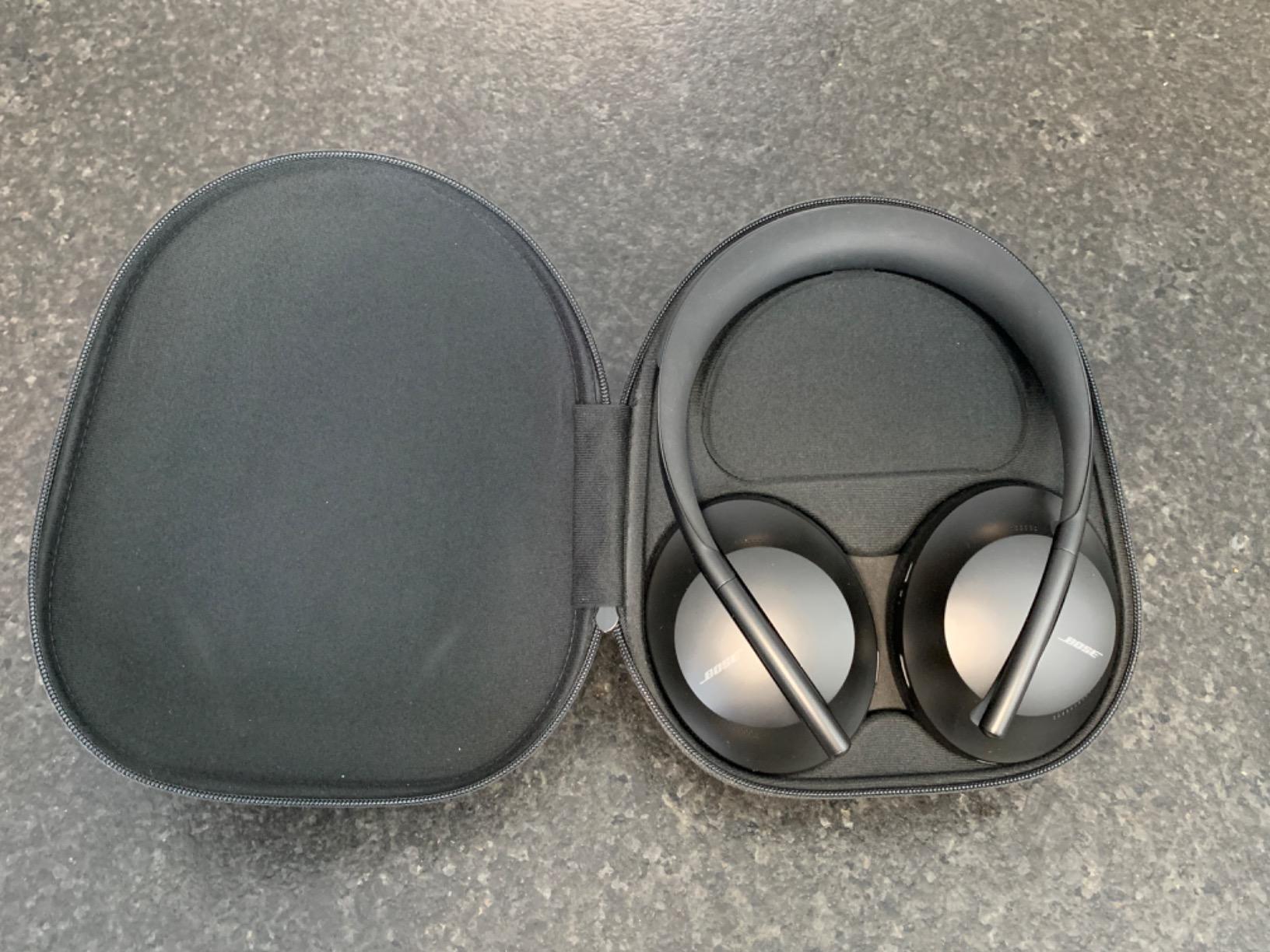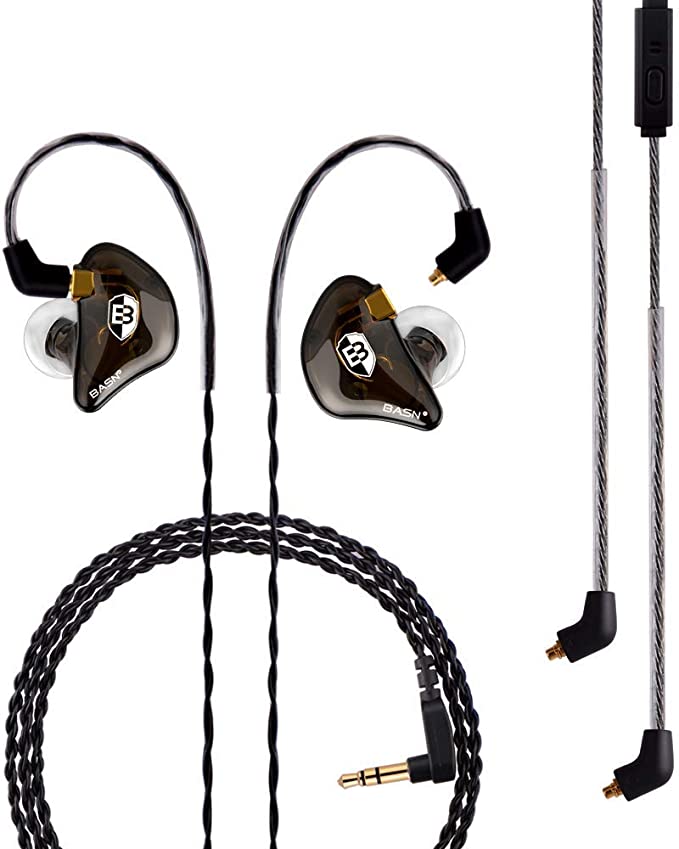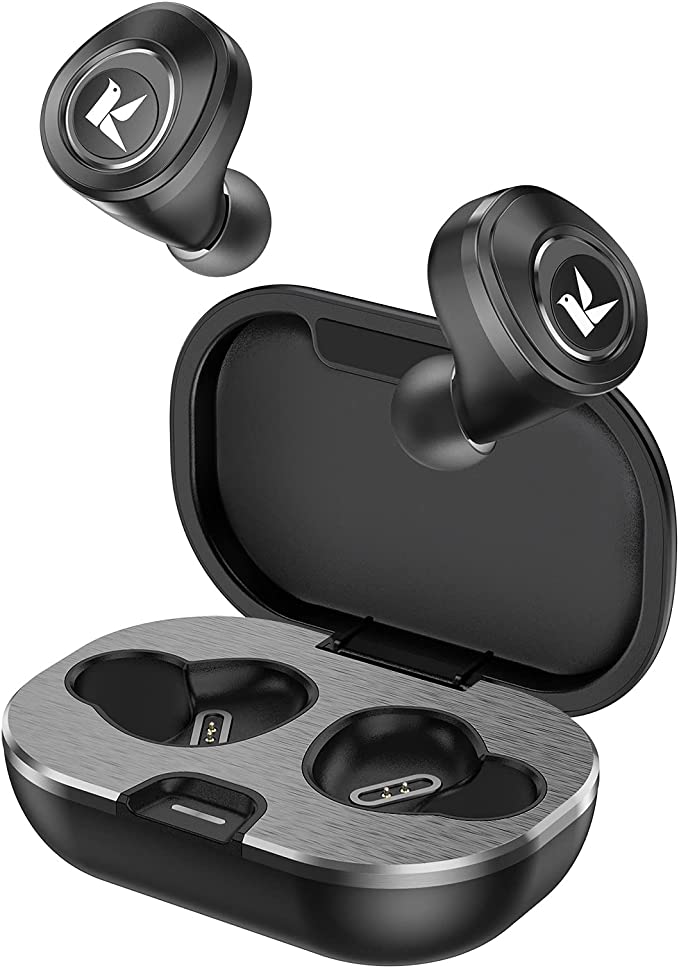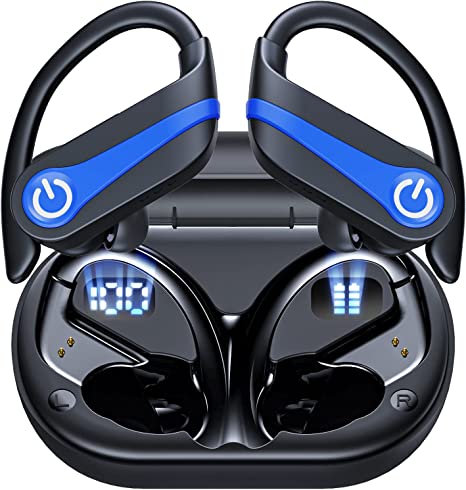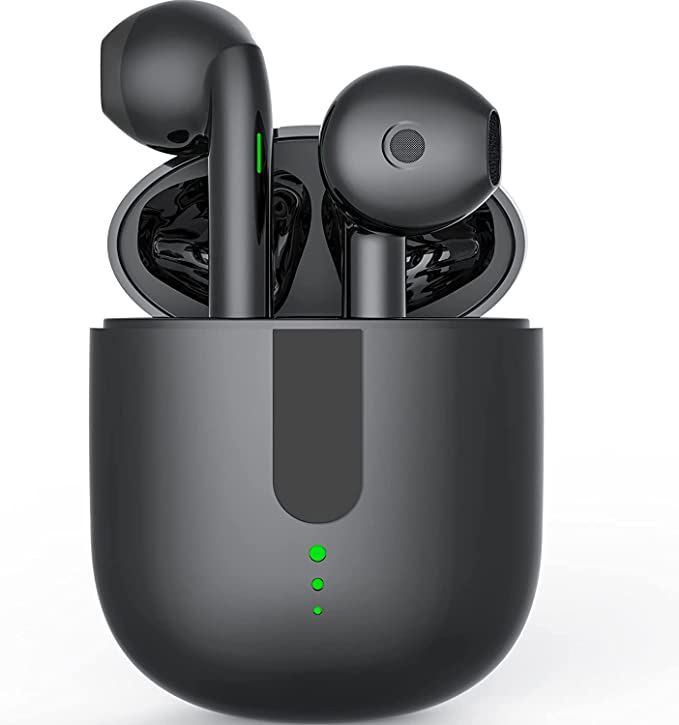KREAFUNK aHEAD2: Your Oasis of Sound with Active Noise Cancellation
Update on March 21, 2025, 5:32 a.m.
Our world is filled with sound. From the gentle chirping of birds to the roar of a jet engine, sound waves constantly surround us, carrying information and shaping our experiences. Sound, at its core, is simply vibration. When an object vibrates – a guitar string, a vocal cord, a loudspeaker – it creates pressure waves in the surrounding medium, usually air. These waves travel outward, and when they reach our ears, we perceive them as sound.
The story of our understanding and manipulation of sound is a long and fascinating one. Think back to the earliest attempts to capture sound – the phonautograph, invented by Édouard-Léon Scott de Martinville in the 1850s, which could record sound waves visually but not play them back. Then came Edison’s phonograph, a revolutionary device that could both record and reproduce sound, forever changing how we interact with music and the spoken word. These early inventions, while groundbreaking, were a far cry from the sophisticated audio technology we have today.
Our ears are incredibly sensitive instruments. They can detect a vast range of frequencies, from the low rumble of a distant thunder (around 20 Hz) to the high-pitched squeak of a mouse (up to 20,000 Hz, or 20 kHz). The amplitude of the sound wave – essentially, how much the air pressure changes – determines its loudness, which we measure in decibels (dB).

The Unwanted Guest: Noise
But not all sound is pleasant or desirable. Noise, often defined as unwanted sound, is a pervasive part of modern life. The constant drone of traffic, the clamor of construction sites, the chatter of crowds – all contribute to a sonic landscape that can be overwhelming and even harmful. Prolonged exposure to loud noise can lead to hearing loss, stress, sleep disturbances, and even cardiovascular problems. It’s not just about the loudness of the noise; even relatively low-level, constant noise can be detrimental to our well-being and concentration. Imagine trying to focus on a demanding task while a dripping faucet incessantly taps away – that’s the insidious power of unwanted sound.

Fighting Fire with Fire: The Basics of ANC
So, how do we combat this sonic onslaught? One remarkably effective solution is Active Noise Cancellation (ANC). The core concept behind ANC is surprisingly simple, yet elegant: it’s about fighting noise with anti-noise. This relies on a fundamental principle of physics called wave interference.
Imagine two identical stones dropped into a calm pond. Each stone creates a series of circular ripples that spread outward. When these ripples meet, they interact. If two wave crests meet, they combine to create an even larger crest—a phenomenon called constructive interference. Conversely, if a crest meets a trough, they effectively cancel each other out, resulting in a smaller wave or even a flat surface – this is destructive interference.
Sound waves behave in a similar way. If we can create a sound wave that is the exact opposite of a noise wave – a wave with the same amplitude but an inverted phase (its crests aligned with the noise wave’s troughs, and vice versa) – we can theoretically achieve destructive interference and silence the noise. This “anti-noise” wave doesn’t erase the original noise; rather, it superimposes itself upon it, resulting in a net effect of near-zero sound pressure.
Mathematically, we can represent a simple sound wave as a sine wave:
y(t) = A * sin(2πft + φ)
Where:
- y(t) is the displacement of the air particles at time t
- A is the amplitude (related to loudness)
- f is the frequency (related to pitch)
- φ is the phase (the starting point of the wave)
To create an anti-noise wave, we need to generate a wave with the same amplitude (A) and frequency (f), but with a phase (φ) shifted by 180 degrees (or π radians). This phase-shifted wave will effectively “mirror” the original noise wave, leading to destructive interference.
The Three Musketeers of ANC: Feedforward, Feedback, and Hybrid
While the basic principle of ANC is straightforward, the practical implementation is quite complex. There are three main types of ANC systems:
-
Feedforward ANC: In a feedforward system, a microphone is placed on the outside of the headphone earcup. This microphone “listens” to the incoming external noise before it reaches the ear. The ANC processor then analyzes this noise and generates an anti-noise signal, which is played through the headphone speaker. The advantage of feedforward ANC is that it has more time to react to the noise, making it generally more effective at canceling out predictable, continuous sounds like the drone of an airplane engine. However, it’s less effective at dealing with sudden, unexpected noises, and its performance can be affected by how the headphones are positioned on the head.
-
Feedback ANC: A feedback system, on the other hand, places the microphone inside the earcup, close to the ear. This microphone monitors the sound that actually reaches the ear, after it has interacted with the headphone’s passive isolation (the physical blocking of sound by the earcup itself). The ANC processor then generates an anti-noise signal based on this residual noise. Feedback ANC is generally better at canceling out lower-frequency noises and is less sensitive to variations in headphone fit. However, it can sometimes introduce unwanted artifacts or distortions if not carefully designed.
-
Hybrid ANC: As the name suggests, hybrid ANC combines both feedforward and feedback approaches. It uses both external and internal microphones to get the most comprehensive “picture” of the noise environment, both outside and inside the earcup. This allows for more precise noise cancellation across a wider range of frequencies. Hybrid systems are typically the most effective, but also the most complex and expensive to implement.
KREAFUNK aHEAD2: A Practical Example
The KREAFUNK aHEAD2 headphones utilize Active Noise Cancellation to create a more peaceful listening experience. While the specific type of ANC system (feedforward, feedback, or hybrid) isn’t explicitly stated in the provided product information, we can infer some things based on its performance characteristics. The fact that it offers significant noise reduction suggests it’s likely at least a well-tuned feedforward system, or possibly a hybrid system.
The aHEAD2’s ANC works by continuously sampling the surrounding ambient noise. This sampled audio is processed by a dedicated chip, which performs a near-instantaneous analysis of the noise’s frequency and amplitude. Based on this analysis, the chip generates the anti-noise signal, which is then fed to the headphone speakers. This anti-noise, when combined with the incoming noise, results in destructive interference, effectively reducing the perceived loudness of the external environment.
The effectiveness of the ANC is also complemented by the headphones’ physical design. The on-ear form factor and “super-soft” ear cushions provide a degree of passive noise isolation, physically blocking some of the sound from reaching the ears. This passive isolation works in tandem with the active noise cancellation to provide a more comprehensive noise reduction experience.

Beyond Silence: Other aHEAD2 Features
While the ANC is a standout feature, the KREAFUNK aHEAD2 offers several other notable attributes:
- Long Battery Life: Up to 20 hours of playtime on a single charge means you can enjoy your quiet oasis for extended periods, whether you’re on a long flight or working through a busy day.
- Fast Charging: A 1.5-hour full charge time minimizes downtime, so you can quickly get back to your audio enjoyment.
- Comfortable Design: The soft ear cushions and on-ear design ensure a comfortable fit, even during prolonged use. The inclusion of washable sports cushions adds versatility for active users.
- Water Resistance: The IPX4 rating means the headphones can withstand splashes of water, making them suitable for workouts or light rain.
- Bluetooth Connectivity: Wireless streaming via Bluetooth provides freedom from tangled cords.
- Danish Design: The headphones are crafted in the minimalistic and function-focused style of Danish design.
The Limitations of ANC
It’s important to understand that ANC is not a magical solution that eliminates all sound. While it’s highly effective at reducing constant, low-frequency noises (like engine rumble, fan noise, and the hum of air conditioning), it’s less effective against high-frequency, sudden, or transient sounds (like speech, keyboard clicks, or a sudden clap).
This is because ANC relies on predicting the noise waveform and generating an anti-noise signal in advance. Sudden, unpredictable sounds don’t give the system enough time to react effectively. Furthermore, the physical limitations of the headphones themselves – the size and placement of the microphones and speakers – also play a role.

The Future of Silence
Active Noise Cancellation technology is constantly evolving. Researchers and engineers are continually working to improve ANC performance, making it more effective across a wider range of frequencies and noise types. Some promising areas of development include:
- Adaptive ANC: Systems that can automatically adjust the level of noise cancellation based on the surrounding environment. This could involve using machine learning algorithms to identify different types of noise and optimize the ANC accordingly.
- Personalized ANC: Tailoring the ANC to the individual user’s ear shape and hearing characteristics. This could involve using ear scans or hearing tests to create a custom ANC profile.
- Wider Frequency Range: Expanding the range of frequencies that ANC can effectively cancel, including higher-frequency sounds.
- Miniaturization: Developing smaller and more efficient ANC systems, allowing for their integration into a wider range of devices, such as earbuds and even hearing aids.
- AI-Powered ANC: Using artificial intelligence to improve noise prediction and anti-noise generation, potentially leading to even more effective noise cancellation.

The quest for silence – or, more accurately, the control over our sonic environment – is an ongoing endeavor. As technology continues to advance, we can expect even more sophisticated and effective ways to manage the noise around us, creating more peaceful and productive spaces for work, relaxation, and everything in between. The KREAFUNK aHEAD2, with its current implementation of ANC, represents a significant step in this direction, offering a readily accessible taste of this quieter future.
